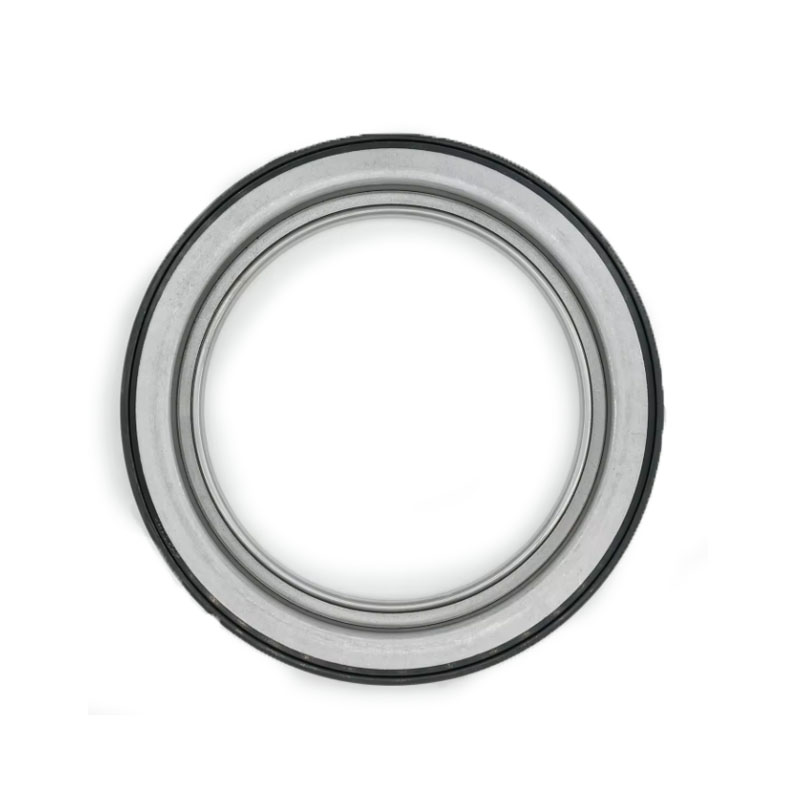front crankshaft seal
Understanding Front Crankshaft Seals Function, Importance, and Maintenance
The front crankshaft seal is a critical component in internal combustion engines, playing a pivotal role in maintaining the engine's efficiency and longevity. This seal is crucial for preventing oil leakage between the crankshaft and the engine block. It sits at the front of the engine, where the crankshaft extends outwards to connect to the crank pulley and various engine accessories, including the timing belt or chain.
Function of the Front Crankshaft Seal
The primary function of the front crankshaft seal is to contain the engine oil within the crankcase and prevent it from leaking out. By doing so, it ensures that the engine maintains adequate lubrication, which is essential for reducing friction between the moving parts of the engine. This lubrication minimizes wear and tear, contributing to the engine's overall performance and durability. Additionally, the crankshaft seal helps to keep contaminants, such as dirt and dust, from entering the engine, which can cause serious damage over time.
Importance of a Healthy Front Crankshaft Seal
A malfunctioning front crankshaft seal can lead to significant issues. Oil leaks are a common symptom, often noticed as pools of oil under the vehicle. These leaks not only create a mess but can also lead to low oil levels, which may cause severe engine damage if not addressed promptly. Furthermore, if contaminants enter through a damaged seal, they can damage the sensitive components of the engine, leading to costly repairs.
In some cases, a failing crankshaft seal may also contribute to engine noise. As the seal wears down, it may cause the crankshaft to shift slightly, which can lead to unusual sounds during operation. Hence, maintaining the integrity of the front crankshaft seal is essential for the overall health of the engine.
front crankshaft seal

Maintenance and Replacement
Regular maintenance checks can help identify issues with the front crankshaft seal before they escalate into major problems. During routine oil changes or inspections, mechanics often check for signs of oil leaks or wear around the seal. If any signs of damage are observed, the seal should be replaced to prevent further complications.
Replacing a front crankshaft seal is a task that requires experience. It involves removing the timing belt or chain and other components that may obstruct access to the seal. Due to the complexity of this procedure, it is advisable to have it performed by a professional mechanic.
When replacing the seal, it’s crucial to ensure that the new seal is installed correctly, with the appropriate orientation and correct amount of lubrication. Misalignment or improper installation can quickly lead to seal failure, negating the benefits of the replacement.
Conclusion
In summary, the front crankshaft seal is an essential component of an internal combustion engine that plays a significant role in maintaining proper lubrication and preventing oil leakage. Regular maintenance and timely replacement of this seal can help ensure the engine operates efficiently and lasts longer. By being aware of the importance of the front crankshaft seal and taking proactive steps to maintain it, vehicle owners can avoid costly repairs and enjoy a more reliable driving experience.
-
The Ultimate Guide to Boat Propeller Bearings and Trailer Wheel Bearings
News Jul.31,2025
-
The Essential Guide to Marine Bearings and Boat Trailer Wheel Bearings
News Jul.31,2025
-
The Complete Guide to Heavy Duty Seals: Protecting Doors and Spaces Efficiently
News Jul.31,2025
-
Essential Guide to Marine Shaft Bearings and Boat Trailer Axle Bearings
News Jul.31,2025
-
Comprehensive Guide to Marine and Trailer Bearings for Safe Boating and Transport
News Jul.31,2025
-
Comprehensive Guide to Automotive Oil Seals: Protecting Your Engine and Shafts
News Jul.31,2025
-
Understanding Automotive Oil Seals: Essential Components for Engine and Shaft Protection
News Jul.30,2025
Products categories















